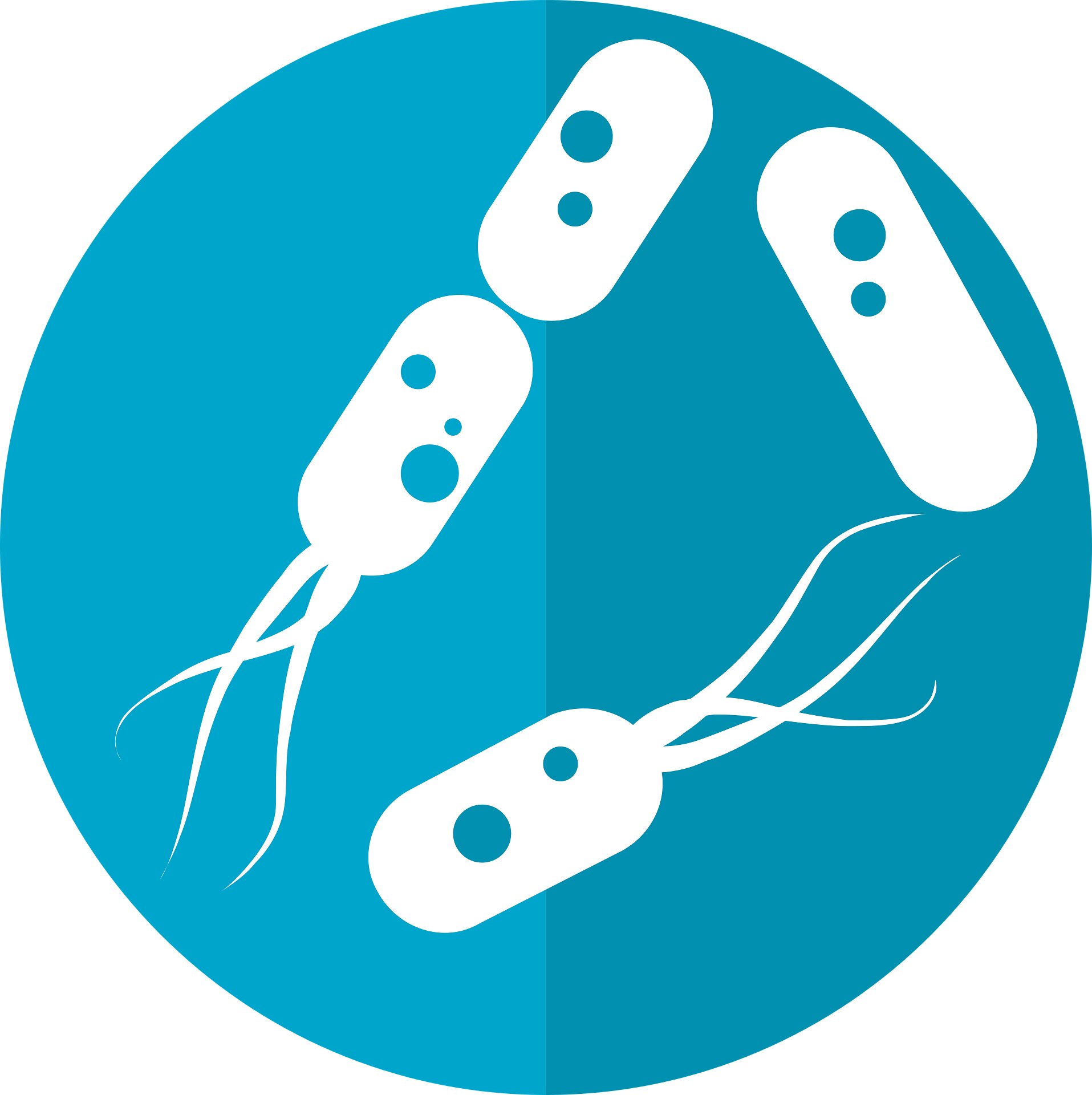Study reveals link between starch digestion gene, gut bacteria
 Credit: CC0 Public Domain
Credit: CC0 Public Domain
A newly discovered relationship between genetic variation and the gut microbiome could help nutritionists personalize their recommendations.
People with a high number of copies of a gene called AMY1, which expresses a salivary enzyme for breaking down starch, correlated strongly with a certain profile of gut and mouth bacteria, according to a new Cornell University study.
A family of bacteria called Ruminococcaceae proliferates in the intestines when more of this salivary enzyme—called amylase—is available. The bacteria are known to break down resistant starch so it may be digested, something human amylases can't do. Degrading these hard to digest starches provides nutritional benefits.
In prehistoric times and thereafter, people with more copies of this gene may have benefited when calories were scarce, such as during cold seasons and famines.
"It likely provided additional nutrition from starch," said Angela Poole, assistant professor in the Division of Nutritional Sciences, and lead author of a study published April 10 in the journal Cell Host & Microbe.
Ruth Ley, a director at the Max Planck Institute for Developmental Biology in Germany and previously in Cornell's Department of Molecular Biology and Genetics, is senior author of the study.
The results suggest the need for personalized nutrition, Poole said, in which medical professionals could take a patient's AMY1 gene copy number into account when giving dietary advice. Other researchers have associated the gene with glucose response to meals, insulin resistance and body mass index.
Furthermore, higher copy numbers of the AMY1 gene also correlated with higher levels of Porphyromonas, bacteria in the mouth associated with the gum disease periodontitis, though more study is needed to distinguish between cause or coincidence.
In the study, Poole and colleagues examined existing genetic and stool sample data from a British population of close to 1,000. They were looking for evidence of whether AMY1 gene copy numbers influence the microbiome; they examined the results from a subset of 100 people from the British population, 50 with a predicted high copy number (top 5%) and 50 with a low copy number (bottom 5%).
"High [AMY1 gene] copy numbers correlated with a certain profile of gut bacteria," Poole said.
Poole then determined the number of AMY1 copies in more than 100 people from Ithaca, New York. She found a distribution of between two and 30 copies. The team also collected stool data and identified bacteria that associated with high and low AMY1 gene copy numbers.
Twenty-five of these study participants were then placed on a standardized diet for two weeks. "I wanted to make sure they were eating the same thing, and that they were eating starch," Poole said. Afterward, the team collected saliva and stool samples and found that, in the gut, the results matched those from the British population study.
News source: https://phys.org

